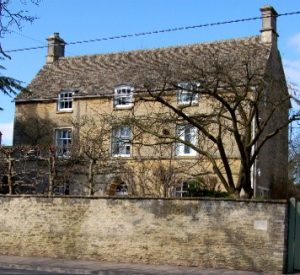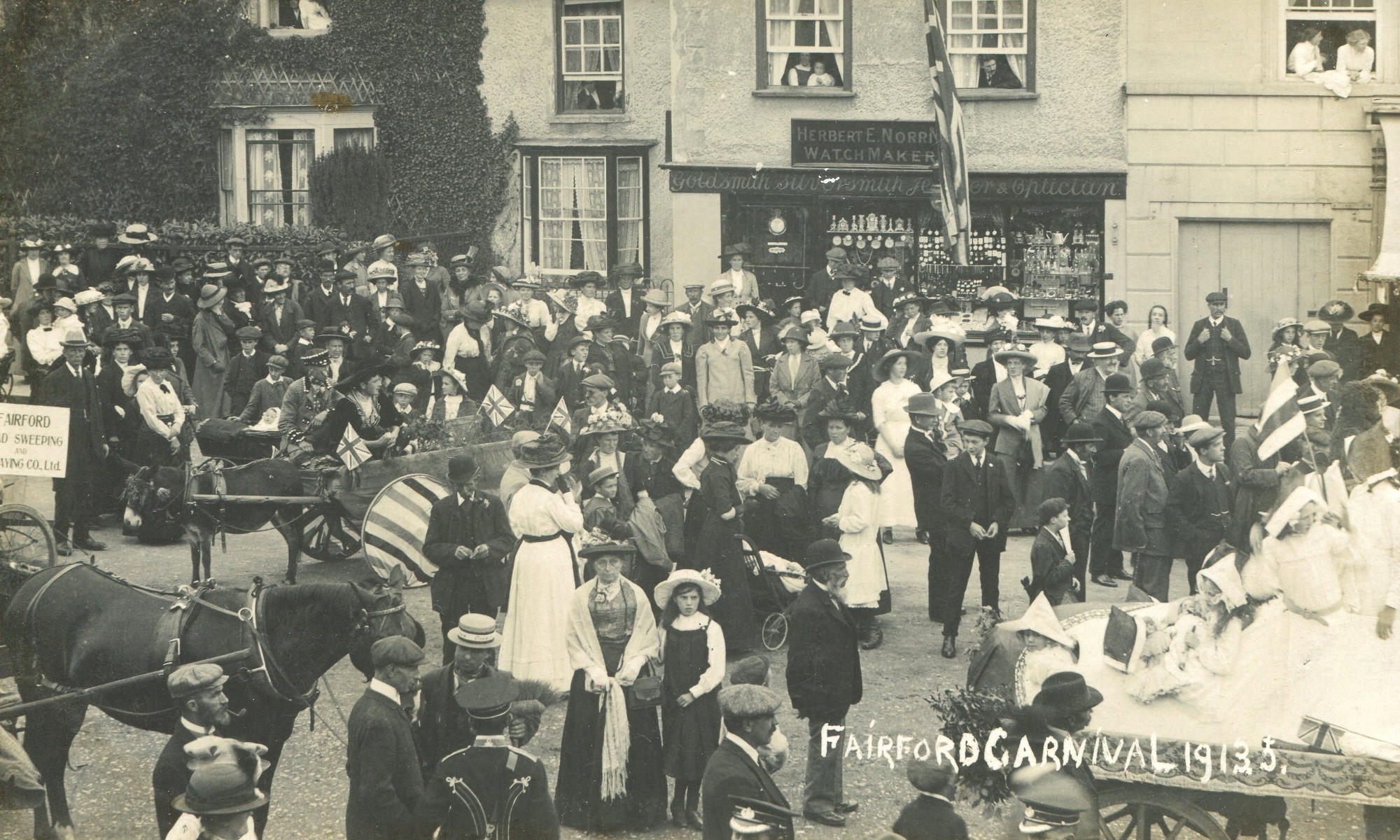John Keble? Who was he? If you like looking at the details in hymn books, you may have noticed his name quite often:
• When God of Old came down from heaven… (A & M revised 154)
• New every morning is the love… (A & M revised 4)
• Sun of my soul, then Saviour dear… (A & M revised 24)
• Blest are the pure in heart… (A & M, revised 335), and others.
The English Hymnal contains many more: numbers 33, 140, 158, 244, 260, 274, 348, 370, and 497.
If you know Oxford, you may know Keble College, his memorial. But who was he? What did he do?
 John Keble’s house in Fairford which was called Court Close at the time and in which John Keble senior lived all of his married life.
John Keble’s house in Fairford which was called Court Close at the time and in which John Keble senior lived all of his married life.
He was born on St Mark’s Day, 25th April 1792 at the family home in Fairford (now Keble House), the son of another John Keble who was Vicar of Coln St Aldwyns. He was taught at home by his father until in 1806 when he won a scholarship to his father’s old Oxford college, Corpus Christi. In 1810 he took a double first in classics and mathematics: very few had ever managed this before (Sir Robert Peel being one of them) and Keble at just 18 was probably the youngest ever. In 1811 he was elected a Fellow of Oriel College where the Senior Common Room at that time had a reputation for its outstanding intellectual abilities. He was ordained Deacon in 1815 and Priest the following year and was appointed curate of Eastleach Martin and Eastleach Turville. In the university vacations he lived at Fairford and served his parishes from there: in term time, he and his brother Thomas took it in turns to go out to the parishes from Oxford on Sundays, and their father looked after things during the week. He was a College tutor from 1817 until 1823 when his mother died. He took on Southrop as well as the Eastleaches and lived there taking in pupils.
In 1825 he went to be curate of Hursley near Winchester but next year he returned home. His favourite sister Mary Anne had died and Keble served as curate to his elderly father until he died at the beginning of 1835.
In October 1835 he married; and at the end of the year he returned to Hursley as vicar and remained there until his death on 29th March 1866.
Why is Keble important? His hymns have already been mentioned. He was not actually a hymn writer but a poet and compilers of hymn books have generally selected verses from his longer poems. The best known collection is ‘The Christian Year’ first published in 1827. It contains poems for each Sunday of the year and the other Holy Days. Over 100,000 copies were sold in the first 25 years, many more after his death and it is still in print.
Lyra Innocentium followed in 1846; published to pay for the restoration of Hursley Church. It was the National Apostasy Sermon which Keble preached in 1833 in St Mary’s Oxford that John Henry Newman took as marking the beginning of the Oxford Movement. The Movement’s leaders (mainly Keble, Henry Newman took as marking the beginning of the Oxford Movement. The Movement’s leaders (mainly Keble, Newman and Pusey) are also called Tractarians because of Tracts for the Times that they published.
Many think the Oxford Movement was to do with ‘High Church’ and ‘ritualism’. It was not. It was the revival of theology, a re-discovery of our roots in the teachings of the ancient Church fathers (many of whose writings were translated by the Tractarians). It was a revival of discipline and holiness. They were men of great piety and earnestness which makes them seem humourless, which contemporaries tell us they certainly were not.
by John Hunt February 2004
Further reading:
Dictionary of National Biography
John Keble: a study in limitations by G Battiscombe. London: Constable,1963
A glimpse of heaven: the Kebles of Fairford by Hugh Greenhalf. Anglo Catholic History Society, 2005
A Moment in Time: John and Thomas Keble and their Cotswold Life by Allan Ledger, 2017
